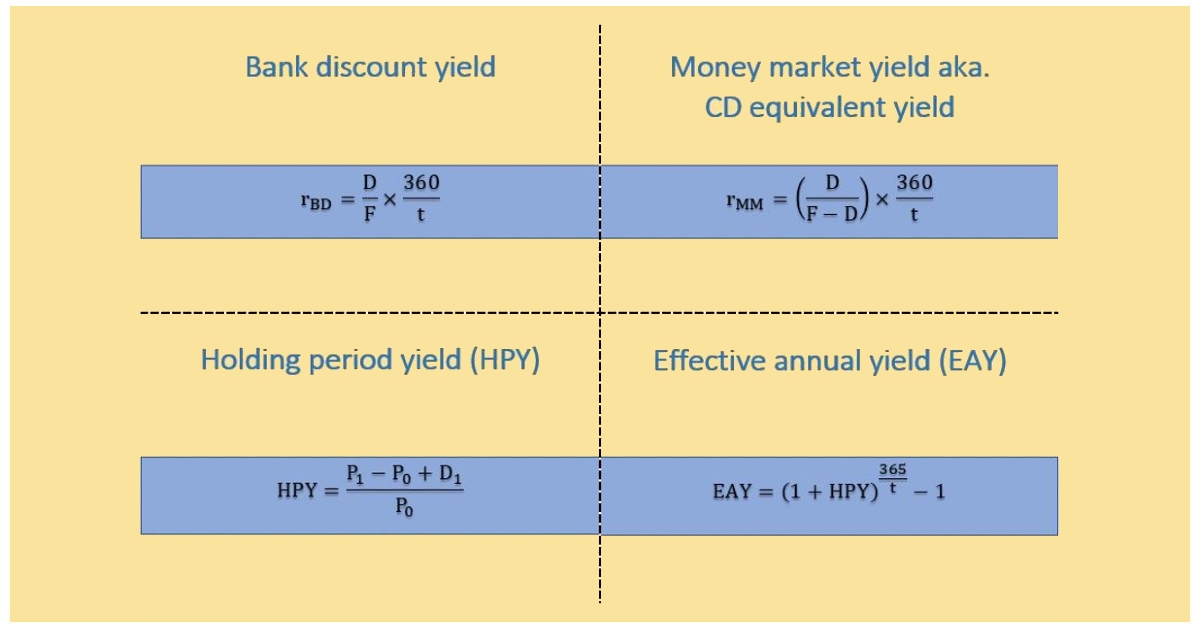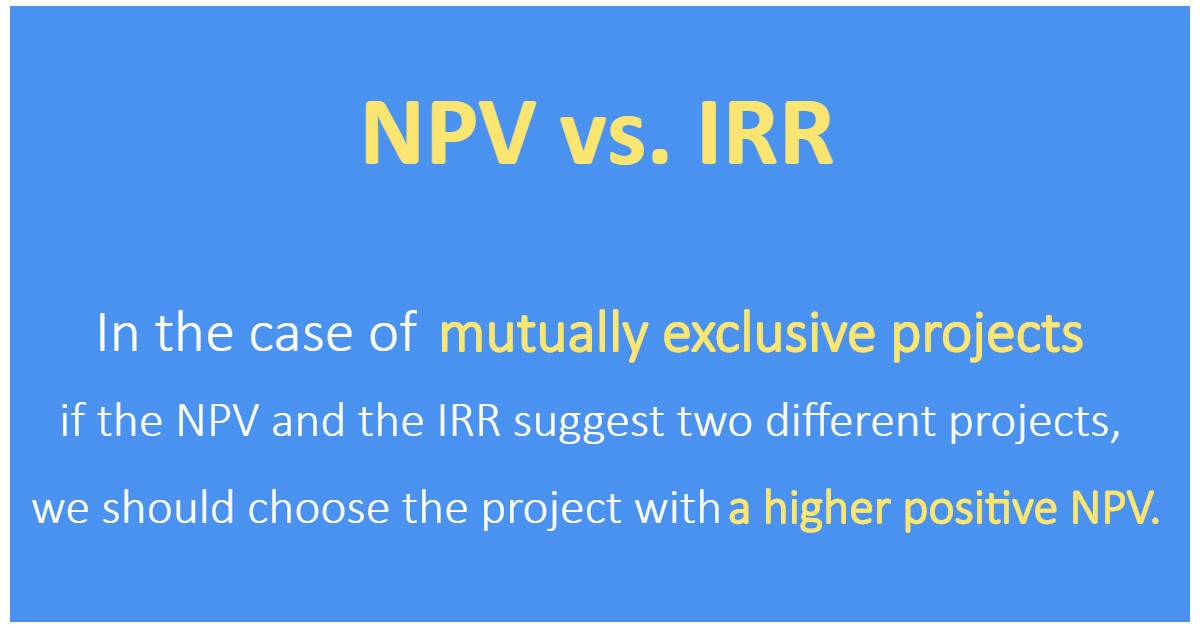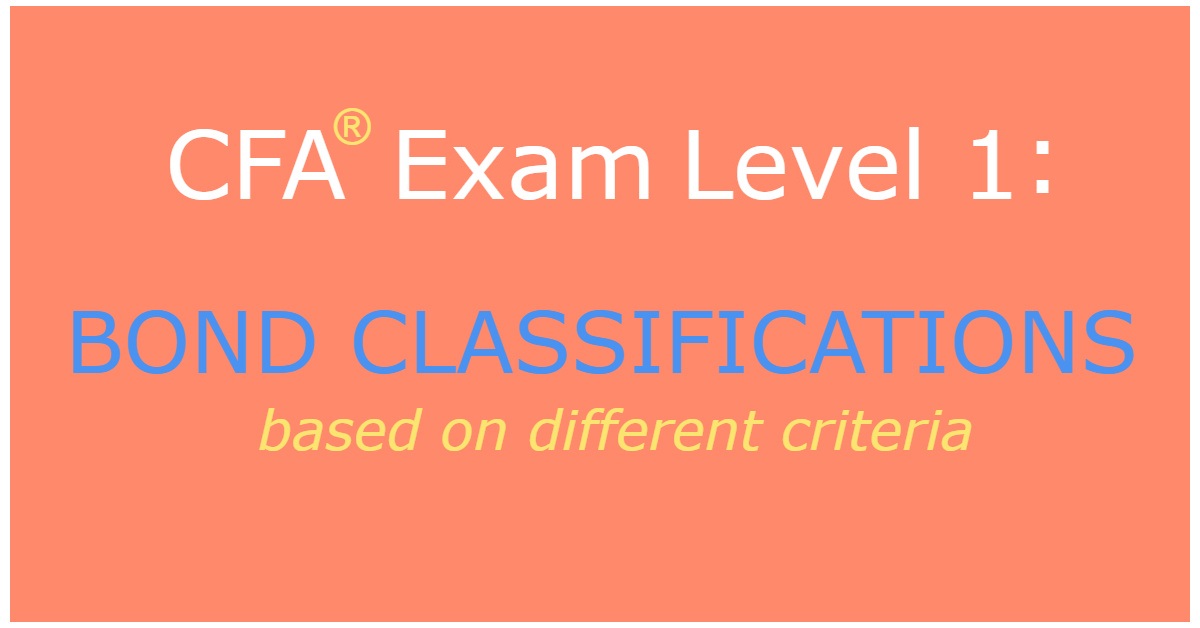Money Market Yields CFA® Exam Cheat Sheet

This blog post was created as a part of the CFA exam review series to help you in your level 1 exam revision, whether done regularly or shortly before your CFA exam.
Money Market
The money market is the market for short-term debt instruments with a maturity of up to one year. The main function of these instruments is to help businesses maintain liquidity. To feel comfortable in the market, you need knowledge of 4 money market yields:
- the bank discount yield,
- the holding period yield,
- the effective annual yield, and
- the money market yield.
Pure Discount Instruments
In the money market, we often deal with pure discount instruments. The purchase price of a pure discount instrument is lower than its face value. The difference between the face value and the purchase price is called the dollar discount and it's the investor's only profit.
Pure discount instruments such as U.S. Treasury bills (known as T-bills) are quoted as the value of the discount expressed as a percentage of the face value. In other words, they are quoted on a bank discount basis.
Bank Discount Yield
The formula for the bank discount yield is based on the 30/360 annualization convention, which is to say that the year is assumed to have 12 months of 30 days each. As you can see below, the yield is annualized – we multiply interest by 360 divided by the number of days remaining to maturity:
\(r_{BD}=\frac{D}{F}\times \frac{360}{t}\)
Where:
- \(r_{BD}\) – annualized yield on a bank discount basis
- \(D\) – dollar discount (\(D=F-P_0\))
- \(F\) – face value of a T-bill
- \(t\) – number of days remaining to maturity
- \(P_0\) – purchase price of a T-bill
Note that the bank discount yield does not properly reflect the return on the investment. This is because the bank discount yield:
- is based on the face value of the instrument and not on its actual purchase price,
- assumes a 360-day year, and
- annualizes with simple interest, so it does not account for the opportunity to reinvest interest.
Holding Period Yield
The holding period yield (HPY) is the return on an investment earned over the life of the instrument remaining after the purchase, including any additional cash flows.
\(HPY=\frac{P_1-P_0+D_1}{P_0}\)
Where:
- \(HPY\) – holding period yield
- \(P_1\) – price received at the maturity
- \(P_0\) – purchase price
- \(D_1\) – cash distribution paid at the maturity
Note that this formula is actually the same as the formula for the holding period return (HPR).
Effective Annual Yield
The effective annual yield (EAY) is an annualized return that takes compounding into account and assumes that one year equals 365 days.
\(EAY=(1+HPY)^\frac{365}{t}-1\)
Where:
- \(EAY\) – effective annual yield
- \(HPY\) – holding period yield
- \(t\) – number of days to maturity
The effective annual yield can be explained as the interest that you could earn over one year if your funds were immediately reinvested on the same conditions.
Note that this formula is actually the same as the formula for the effective annual rate (EAR) from reading 6 in your CFA Program curriculum.
Money Market Yield
The money market yield (aka. CD Equivalent Yield) assumes a 360-day year and annualizes with simple interest (similar to the bank discount yield). However, it is based on the purchase price of the instrument, so in this respect it's better than the bank discount yield:
Where:
- \(r_{MM}\) – money market yield (CD equivalent yield)
- \(r_{BD}\) – bank discount yield
- \(t\) – number of days to maturity
- \(F\) – face value of a T-bill
- \(P_0\) – purchase price of a T-bill (\(P_0=F-D\))
- \(D\) – dollar discount
Money Market Yields [Example]
Assume you've bought a T-bill with a face value of USD 10,000 for USD 9,600, 180 days before its maturity. What is the bill's dollar discount, bank discount yield, and money market yield?
The dollar discount is the difference between the face value and the actual purchase price:
The bank discount yield:
The money market yield:
Level 1 CFA Exam Takeaways
One of the most important things to remember for your exam is the number of days a year is assumed to have for each measure of yield:
- for the bank discount yield and the money market yield it is 360 days, and
- for the effective annual yield, it is 365 days.
Also, remember that the bank discount yield and money market yield do not properly reflect the return on the investment.
Get More Study & Review Resources
LAST UPDATE: 2 Nov 2023
Read Also:




